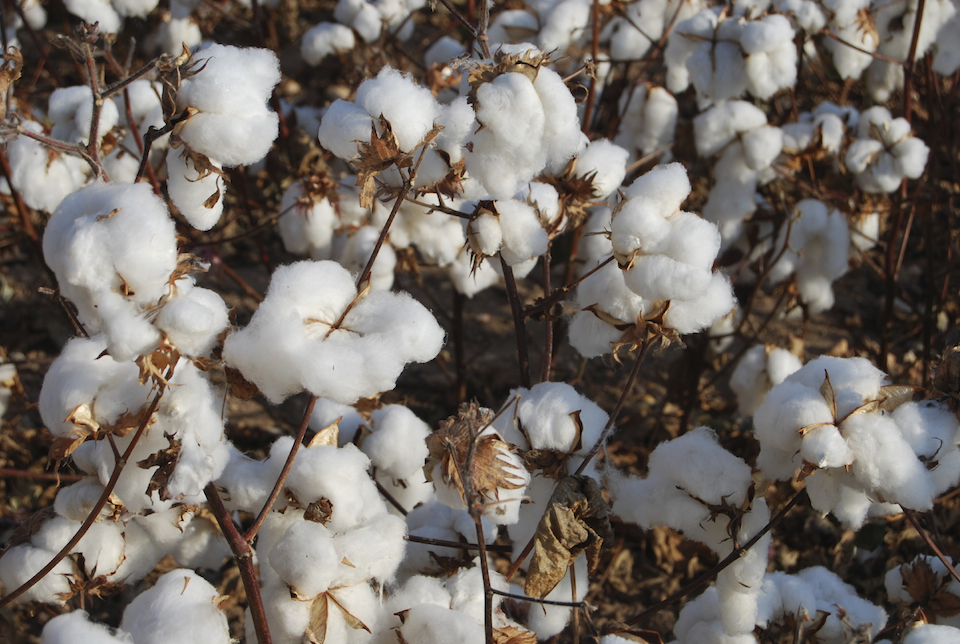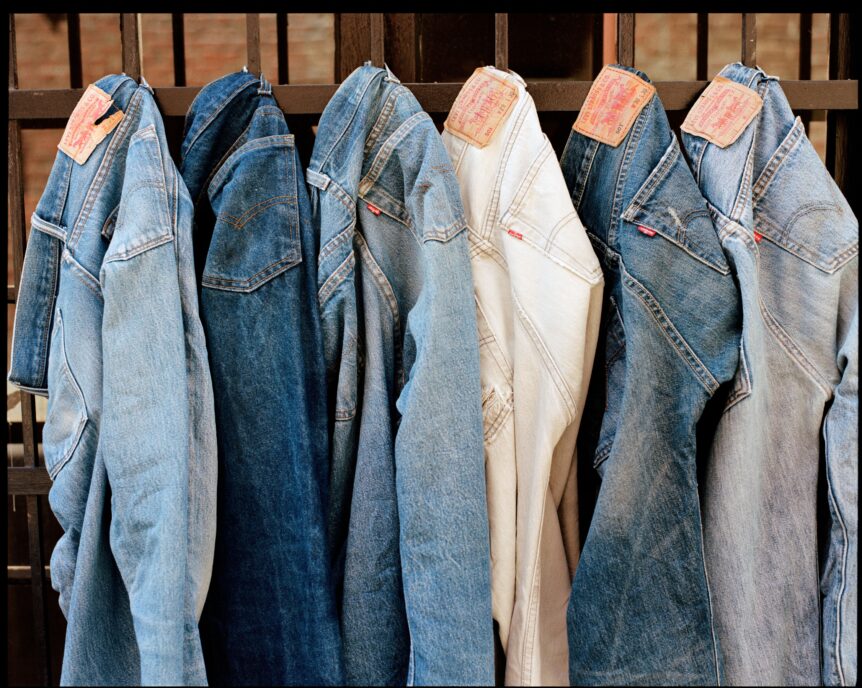“King Cotton,” as it came to be known in the American South, has an unsettled past. The crop has played a critical role throughout history. As with all things intertwined with human endeavor, cotton bears witness to our triumph and tragedy, often playing a central role in each. Enduring the threefold challenge of economic, social and environmental issues, cotton production is often implicated as unsustainable and subject to the allure and consequence of profit at all cost. Global cotton production comes increasingly from low-wage areas of the developing world like China, India, Africa, Bangladesh and Latin America.
The first stirrings of the what is now the Better Cotton Initiative (BCI) began in 2005 when a group of commodity experts convened in a WWF-hosted roundtable discussion to consider solutions for global agriculture.
Levi Strauss & Co., is both an Implementing Partner and Pioneer Member with BCI—and not surprisingly, if not only for the iconic brand’s dependence on cotton but also for the company’s adoption of sustainability as a core component of its mission.
As part of its current series exploring the environmental and social impact of fashion, sponsored in part by Levi Strauss & Co., Triple Pundit, takes a look at Better Cotton’s origins and future in this article.







